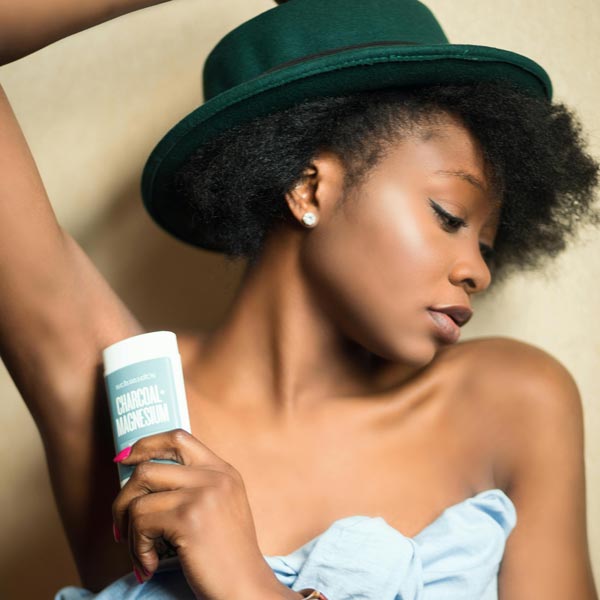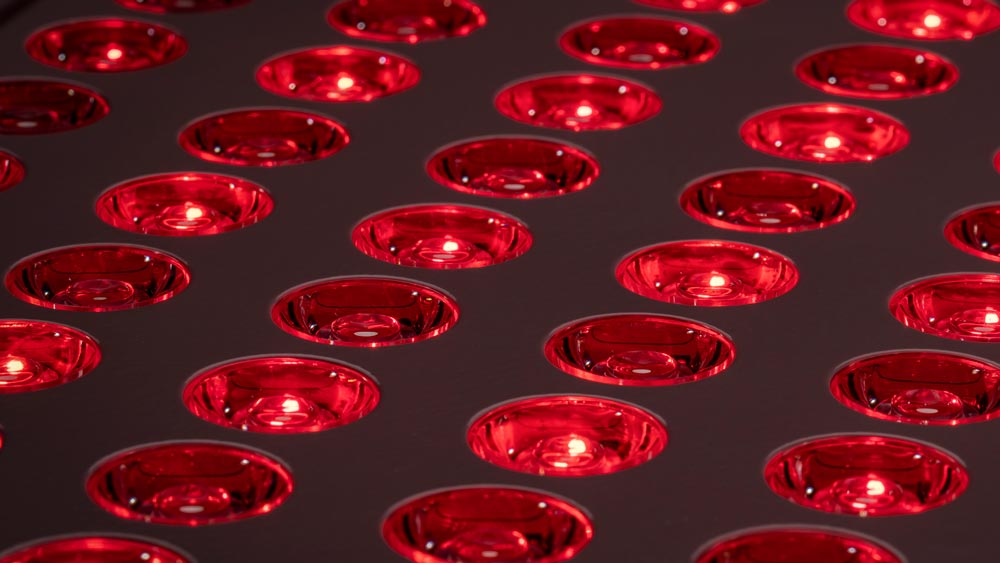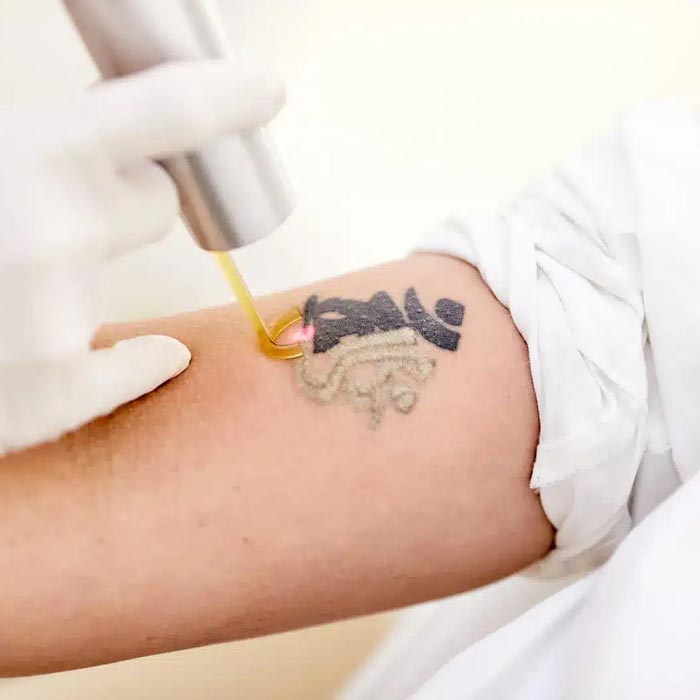![]() Free Shipping
Free Shipping ![]() Buy Now, Pay Later
Buy Now, Pay Later ![]() Eligible
Eligible
The Rise of Cruelty-Free Beauty Products: A Sustainable Choice for Conscious Consumers

In recent years, the beauty industry has seen a dramatic shift in consumer preferences as more people become aware of the ethical implications of their purchases. One of the most significant changes is the growing demand for cruelty-free beauty products. These products not only promise to enhance beauty, but also align with the growing desire to avoid supporting industries that harm animals. With the increasing availability of cruelty-free beauty products, consumers are more empowered than ever to make informed, ethical choices.
What does cruelty-free mean?
At its core, cruelty-free means that a product and its ingredients have not been tested on animals at any stage of production. While this sounds simple, the term can sometimes be confusing to consumers due to the lack of universally accepted regulations. In many cases, companies may claim to be cruelty-free but outsource animal testing to third-party labs or sell their products in countries where animal testing is still required by law.
One of the most common misconceptions is that cruelty-free automatically means vegan. While cruelty-free products are not tested on animals, they may still contain animal-derived ingredients such as beeswax, lanolin or collagen. On the other hand, vegan products are free of all animal-derived ingredients, but may not always be cruelty-free if animal testing was involved. It’s important for consumers to understand these differences so they can choose beauty products that align with their values.
The Ethical Importance of Cruelty-Free Products
The ethical appeal of cruelty-free beauty products is undeniable. For decades, millions of animals have suffered in laboratories to test cosmetics and skin care products. These animals are often subjected to painful and unnecessary procedures that can cause long-term harm or even death. The cruelty-free movement seeks to eliminate this suffering by promoting alternative methods of testing that do not involve animals.
Many countries around the world have recognized the ethical implications of animal testing and have enacted bans or restrictions on the practice. The European Union, India and Israel, for example, have banned animal testing for cosmetics. However, other regions, such as China, still require animal testing for certain products. The cruelty-free movement encourages consumers to support brands that prioritize humane testing methods and to push for a global ban on animal testing across the beauty industry.
By choosing cruelty-free beauty products, consumers are not only taking a stand against animal cruelty, but also supporting brands that are investing in safer, more innovative alternatives. Cruelty-free companies often use methods such as in vitro testing or computer modeling that provide reliable results without harming animals. This ethical choice empowers consumers to use their purchasing power to influence the beauty industry toward more humane practices.
The environmental impact of cruelty-free beauty products
Beyond their ethical appeal, cruelty-free beauty products often go hand-in-hand with environmentally conscious practices. Brands that focus on cruelty-free beauty are more likely to use sustainably sourced ingredients and eco-friendly packaging, reducing their overall environmental impact. By investing in cruelty-free products, consumers are also contributing to a broader movement toward sustainability within the beauty industry.
For example, many cruelty-free brands prioritize the use of natural, organic or biodegradable ingredients. This reduces reliance on synthetic chemicals that can be harmful to both the environment and human health. In addition, cruelty-free companies are more likely to use recyclable or compostable packaging, addressing the global problem of plastic waste. In this way, cruelty-free beauty products contribute to a more sustainable, environmentally friendly future.
Cruelty-Free Certifications
As more consumers seek out cruelty-free beauty products, several certification programs have emerged to help guide their purchasing decisions. Some of the most well-known cruelty-free certifications include Leaping Bunny, PETA’s Beauty Without Bunnies, and Cruelty-Free International. These certifications help distinguish truly cruelty-free brands from those that engage in deceptive marketing practices.
Leaping Bunny, for example, requires companies to undergo rigorous inspections of their entire supply chain to ensure that no animal testing occurs at any point. PETA’s Beauty Without Bunnies program allows consumers to easily identify cruelty-free products through its certification mark. These labels give consumers confidence that they are purchasing from brands that are truly committed to cruelty-free principles.
However, it’s important to remain vigilant. Some brands may use ambiguous language on their packaging, such as “not tested on animals,” without being certified by a reputable organization. This can be confusing because these companies may still be testing on animals through third parties or in other markets. Therefore, looking for official cruelty-free certification logos is critical to making truly ethical purchases.
Consumer demand and industry trends
The demand for cruelty-free beauty products has had a significant impact on the beauty industry. More and more brands are moving to cruelty-free models in response to consumer pressure. A study conducted by Nielsen found that 36% of global consumers actively seek out beauty products that are labeled cruelty-free. This demand has pushed major beauty companies to change their practices and promote cruelty-free options.
Major beauty brands once known for their involvement in animal testing are now developing cruelty-free product lines or transitioning to cruelty-free models entirely. Brands such as Covergirl, NYX, and Urban Decay have earned cruelty-free certifications in recent years, making them more appealing to conscious consumers. This shift reflects the growing power of consumer demand in shaping the future of the beauty industry.
Benefits of using cruelty-free beauty products
There are many personal and societal benefits to switching to cruelty-free beauty products. On a personal level, many cruelty-free products are made with cleaner, safer ingredients that are gentler on the skin and less likely to cause allergic reactions. These products often contain natural and organic ingredients that nourish the skin without the harsh chemicals typically found in conventional cosmetics.
In addition to the health benefits, using cruelty-free beauty products allows consumers to feel good about their purchases, knowing that they are contributing to a more ethical and humane beauty industry. Every cruelty-free product purchased is a statement against the unnecessary harm caused by animal testing and supports the movement toward a more compassionate world.
Challenges Facing the Cruelty-Free Beauty Movement
While the cruelty-free movement has made significant progress, it still faces challenges. One of the main barriers is accessibility, as cruelty-free products are not always as widely available as conventional beauty products. In some markets, cruelty-free options may be limited, making it difficult for consumers to make ethical choices.
Another challenge is the price of cruelty-free products. Due to the cost of alternative testing methods and ethical sourcing, cruelty-free products can be more expensive than their counterparts. However, as demand grows, it is hoped that these products will become more accessible and affordable to a wider audience.
In addition, the lack of consistent global animal testing regulations means that consumers must remain informed and vigilant. With some companies engaging in misleading labeling practices, it can be challenging to navigate the beauty market and identify truly cruelty-free brands.
How to transition to cruelty-free beauty products
For consumers looking to transition to cruelty-free beauty products, the process can be easy and rewarding. Start by researching brands that have been certified by trusted organizations such as Leaping Bunny or PETA. Many cruelty-free brands offer a wide range of products, from skin care to makeup, making it easy to replace non-cruelty-free items in your beauty routine.
When making the transition, it’s not necessary to overhaul your entire collection at once. Instead, start by replacing products as they run out and choosing cruelty-free alternatives for each new purchase. Many websites and apps provide lists of cruelty-free brands to help you make informed choices when shopping.
The bottom line
Cruelty-free beauty products offer a compassionate, ethical alternative to conventional cosmetics. By choosing cruelty-free products, consumers can make a positive impact on both the beauty industry and the environment by supporting brands that prioritize humane and sustainable practices. As the demand for cruelty-free beauty products continues to grow, the industry will likely see more brands transitioning to ethical, animal-friendly models. In the end, every purchase counts, and by choosing cruelty-free beauty products, we can all contribute to a more humane, cruelty-free world.





